8 DIY Ways To Treat Skin Monsoon Rashes
By: Priyanka Maheshwari Sun, 01 Sept 2024 5:39:59

Monsoon skin rashes are a common issue during the rainy season, often resulting from a combination of high humidity, increased moisture, and changes in temperature. The increased moisture and humidity can lead to various skin problems, including rashes, fungal infections, and irritations.
Common Causes of Monsoon Skin Rashes:
- Fungal Infections: The damp environment promotes the growth of fungi, leading to conditions like athlete's foot or ringworm.
- Bacterial Infections: Humidity can weaken the skin's natural barrier, making it more susceptible to bacterial infections.
- Contact Dermatitis: Prolonged exposure to moisture can cause skin irritation and allergic reactions.
- Heat Rash: High humidity can lead to blocked sweat ducts, causing heat rash.
Symptoms:
- Red, itchy patches of skin
- Rash that may be raised or bumpy
- Discoloration or changes in skin texture
- Possible swelling or tenderness
Home remedies can help soothe and treat monsoon skin rashes. Here are some effective options:
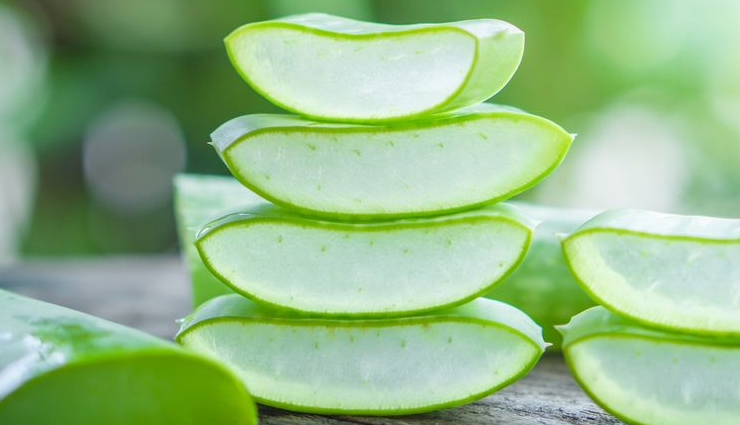
# Aloe Vera
How: Apply fresh aloe vera gel directly to the affected area.
Why: Aloe vera has anti-inflammatory and soothing properties that can help reduce itching and redness.
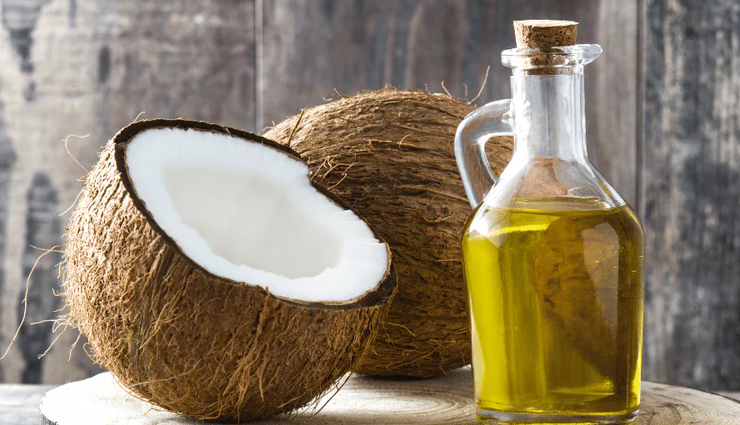
# Coconut Oil
How: Gently massage virgin coconut oil onto the rash.
Why: Coconut oil is moisturizing and has antibacterial and antifungal properties, which can help protect and heal the skin.
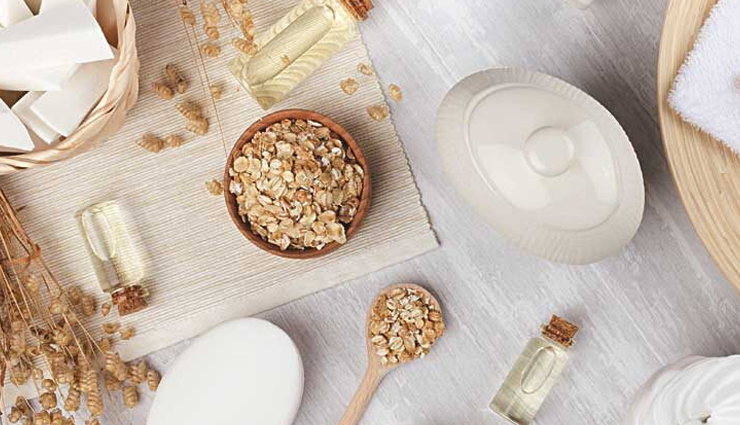
# Oatmeal Bath
How: Add colloidal oatmeal to a lukewarm bath and soak for 15-20 minutes.
Why: Oatmeal helps soothe itching and irritation and can improve skin hydration.
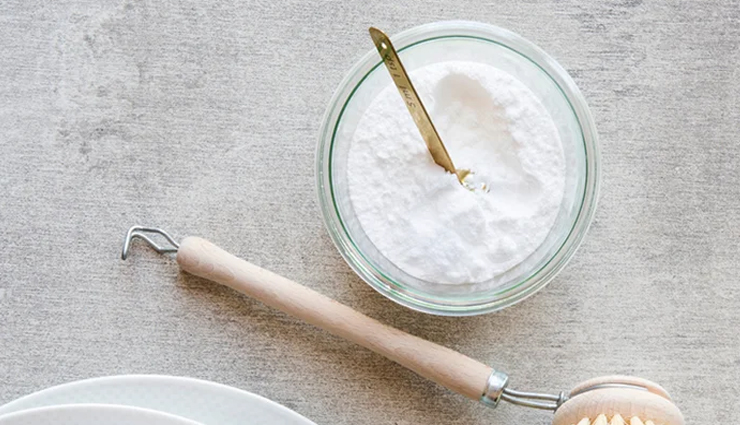
# Baking Soda Paste
How: Mix baking soda with water to form a paste and apply it to the rash.
Why: Baking soda has anti-inflammatory properties that can help alleviate itching and reduce redness.
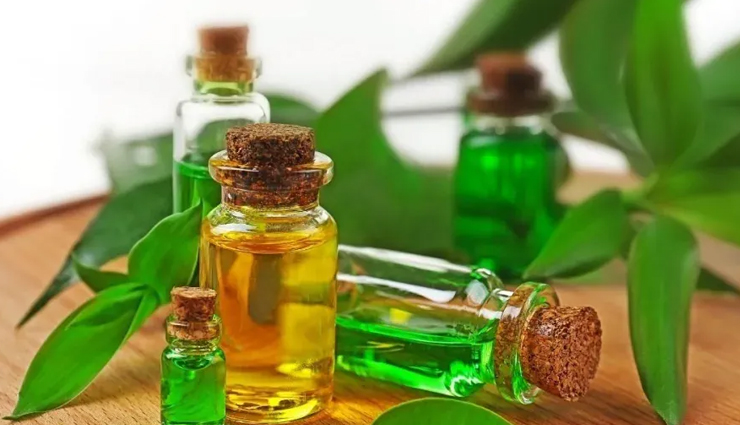
# Tea Tree Oil
How: Dilute a few drops of tea tree oil in a carrier oil (like coconut oil) and apply it to the affected area.
Why: Tea tree oil has antimicrobial properties that can help combat fungal and bacterial infections.
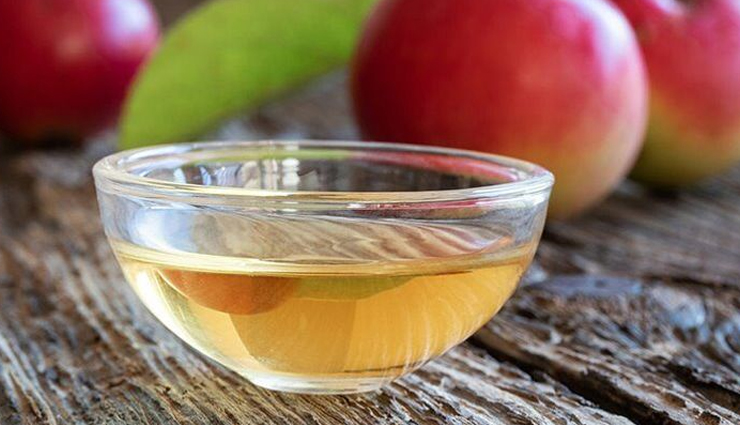
# Apple Cider Vinegar
How: Dilute apple cider vinegar with water and apply it to the rash using a cotton ball.
Why: The vinegar can help balance the skin's pH and reduce inflammation.

# Turmeric Paste
How: Mix turmeric powder with water or yogurt to form a paste and apply it to the rash.
Why: Turmeric has anti-inflammatory and antibacterial properties that can help soothe and heal the skin.
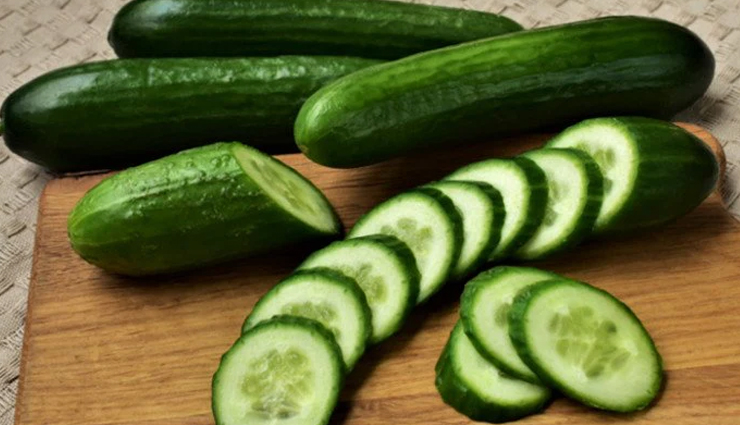
# Cucumber Slices
How: Place chilled cucumber slices directly on the rash.
Why: Cucumber has cooling and hydrating properties that can help relieve itching and inflammation.
Tips:
- Patch Test: Always do a patch test before applying any remedy to ensure you don't have an allergic reaction.
- Keep the Area Dry: Ensure the rash area stays dry and clean to prevent further irritation or infection.





